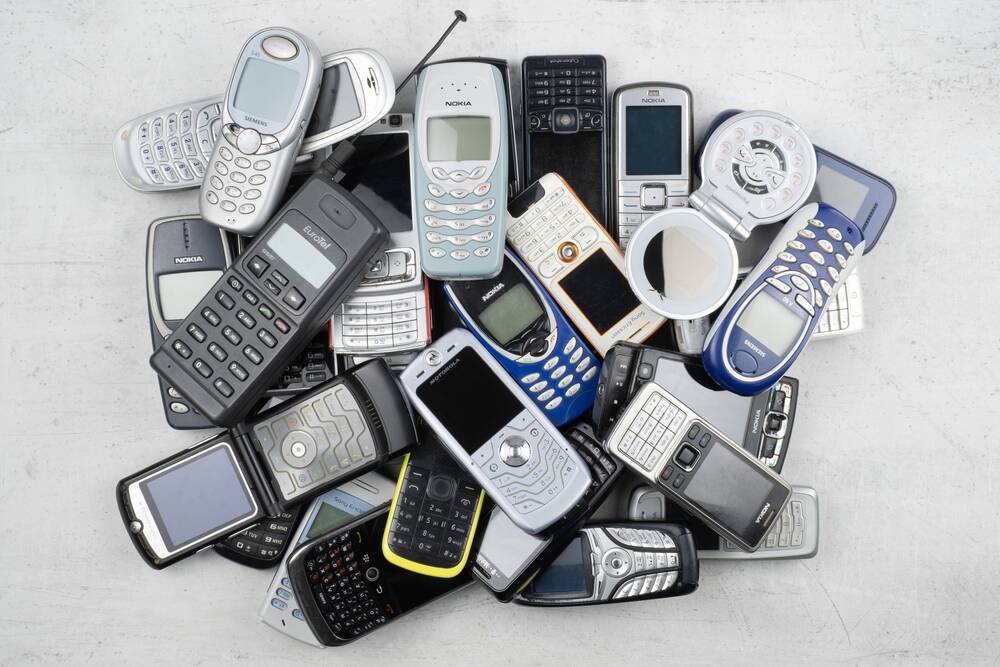That time when Microsoft bought and killed Nokia phone unit

🌈 Abstract
The article provides a retrospective on Microsoft's acquisition of Nokia's phone unit 10 years ago, which ultimately failed and resulted in Microsoft writing off the acquisition as a tax loss. The article discusses the factors that led to this failure, including bad management, a rapidly evolving market, and poor software from both Nokia and Microsoft.
🙋 Q&A
[01] Ten Years Ago: Microsoft Buys Nokia's Phone Unit
1. What were the key factors that led to the failure of Microsoft's acquisition of Nokia's phone unit?
- A fatal combination of bad management, a rapidly evolving market that the companies failed to predict, and poor software products from both Nokia and Microsoft
- Nokia was strong at engineering hardware but struggled with software, while Microsoft's mobile operating systems (Windows CE, Pocket PC, Windows Mobile) were unpopular with users
- The rise of competitors like iPhone, BlackBerry, and Android disrupted the market and left Nokia and Microsoft behind
2. What was Nokia's initial success and eventual downfall?
- In the 1990s, Nokia was the world's leading mobile phone manufacturer, selling around half of the world's handsets
- Nokia was strong at engineering reliable, useful hardware and pioneering technologies like SMS
- However, Nokia failed to adapt as the market evolved, with the rise of smartphones from competitors like BlackBerry and the iPhone
- Nokia's software platform Symbian became outdated, and the company struggled to compete with the more flexible and app-focused Android and iOS
3. How did Microsoft's mobile strategy unfold?
- Microsoft was late to the mobile market, with its early efforts like Windows CE and Windows Mobile failing to gain traction
- Under CEO Steve Ballmer, Microsoft dismissed the threat of the iPhone and staked its mobile future on partnering with Nokia
- The resulting Windows Phone platform, which Nokia adopted, was poorly received and failed to gain significant market share against Android and iOS
[02] The Downfall of the Microsoft-Nokia Partnership
1. What was the rationale behind Microsoft's acquisition of Nokia's phone unit?
- The idea was to shift Nokia's large Symbian user base to the Windows Phone platform, allowing Microsoft to dominate the mobile OS market
- However, this strategy did not work, as Android and iOS had already become the dominant mobile platforms
2. How did the leadership changes at both companies impact the partnership?
- Nokia brought in Canadian executive Stephen Elop as CEO, who decided to abandon Nokia's own Maemo platform and go all-in on Microsoft's Windows Phone
- When Microsoft CEO Steve Ballmer stepped down, his successor Satya Nadella was less enthusiastic about the mobile business and ultimately decided to write off the Nokia acquisition
3. What happened to Nokia and Microsoft after the failed acquisition?
- Nokia sold its mobile hardware business to a new Finnish startup, HMD, which focused on producing Android smartphones
- Microsoft shed mobile jobs and eventually exited the hardware business, recognizing that the battle for mobile had been lost
- Nokia shifted its focus to its networking business, becoming a leader in 5G technology, including a contract with NASA to build a 4G network for the Moon